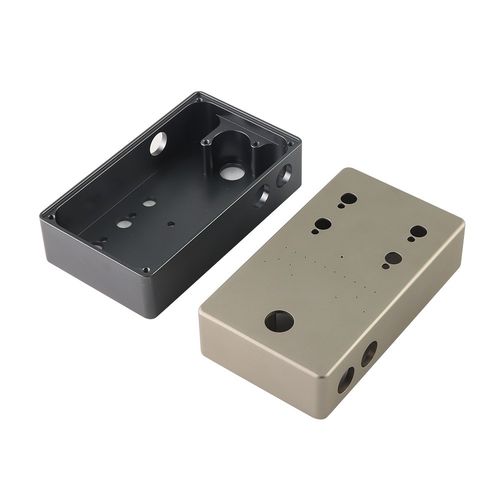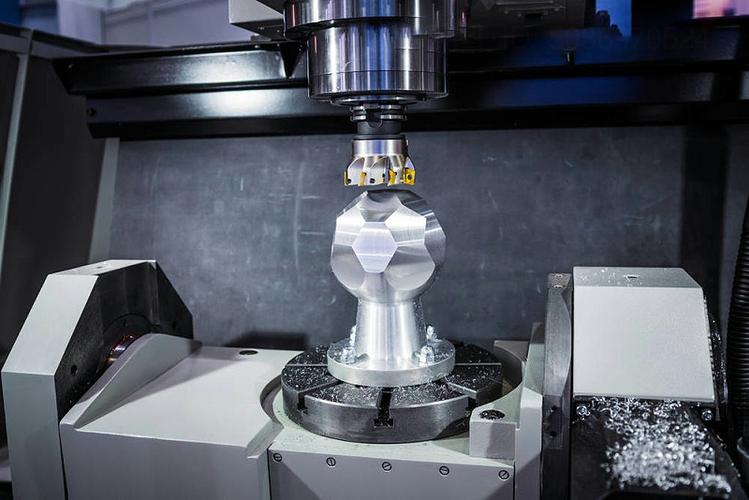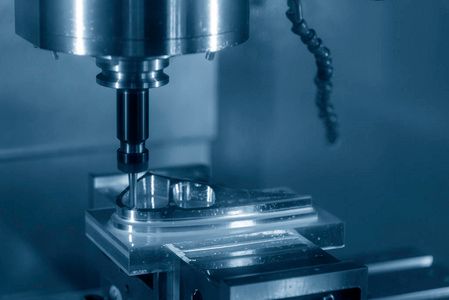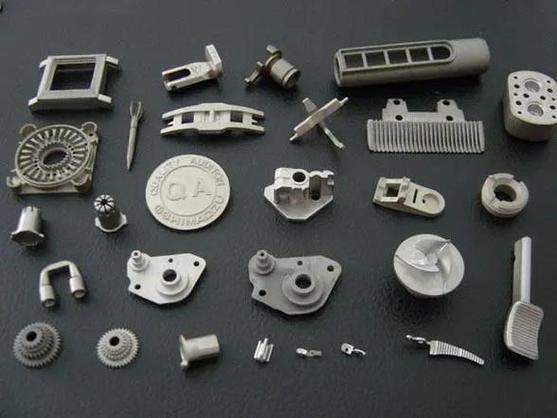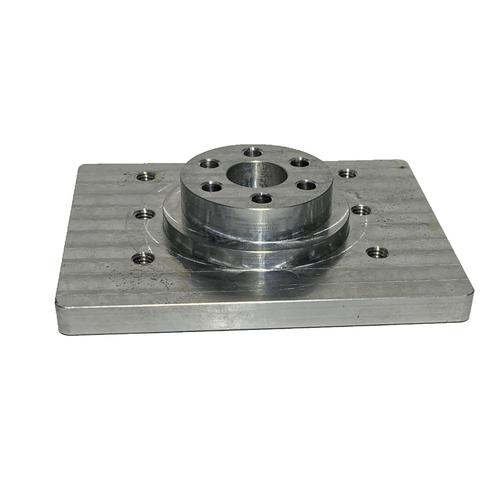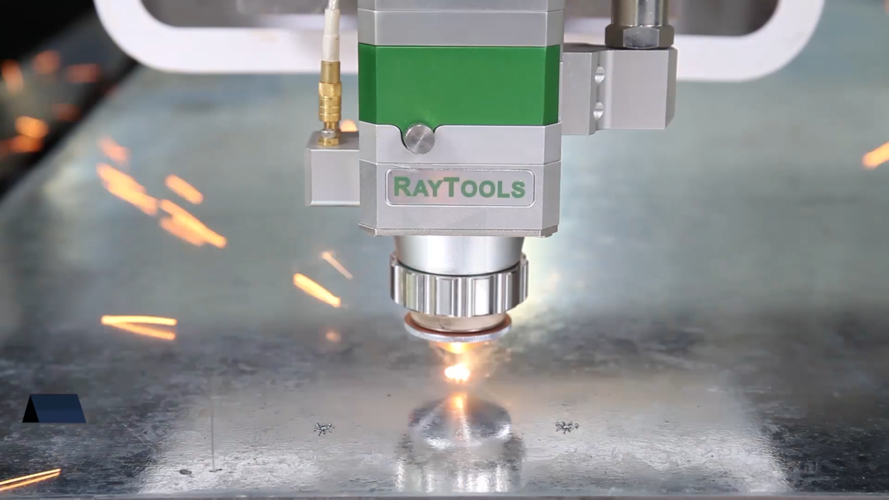
1. First: What Is the “Cutting Process” We’re Talking About?
- Accuracy: Tolerances as tight as ±0.005mm (thinner than a human hair).
- Efficiency: 3–10x faster than manual cutting (e.g., 100 aluminum brackets/hour vs. 10/hour manually).
- Consistency: <1% variation across 1,000+ parts (critical for mass production).
2. Step-by-Step: How the CNC Cutting Process Is Completed
Step 1: Define Requirements (Pre-Cutting Planning)
- Material Selection: Choose based on use case—304 stainless steel is picked here for its corrosion resistance (critical for brake parts) and machinability (cuts 20% faster than 316 stainless steel).
- Tolerance Setting: ±0.1mm is specified because brake line brackets need to align with other components; looser tolerance (±0.5mm) would cause fitment issues.
- Finish Standards: “Deburred edges (Ra < 1.6μm)” (Ra = surface roughness—1.6μm is smooth enough to avoid sharp edges that damage hoses).
Step 2: Create a Digital Design (CAD Modeling)
- Use 3D CAD software (e.g., Fusion 360, SolidWorks) to model the bracket. For this part, the CAD file includes:
-
- Dimensions: 80mm (length) × 40mm (width) × 3mm (thickness).
-
- Features: 2 holes (6mm diameter) for mounting, 1 slot (10mm × 2mm) for the brake line.
- Design for Machinability: The slot’s 2mm width is chosen because the CNC laser cutter (used later) can handle minimum 0.5mm slots—wider slots reduce tool wear by 30%.
Step 3: Convert Design to Machine Code (CAM & G-Code)
- Import the CAD file into CAM software (e.g., Mastercam, Carbide Create). For the brake bracket:
-
- Select the cutting method: “Fiber laser cutting” (ideal for 3mm stainless steel—faster than plasma, more precise than waterjet).
-
- Set parameters (backed by material data):
-
-
- Laser power: 150W (3mm stainless steel needs 120–180W to cut through without melting edges).
-
-
-
- Feed rate: 150mm/min (slower than aluminum, which cuts at 300mm/min—stainless steel is harder).
-
-
-
- Nesting: Arrange 20 bracket designs on one 1m×1m stainless steel sheet to reduce material waste (from 25% to 8%).
-
- The CAM software outputs G-code (1,200 lines for this bracket)—e.g., G00 X10 Y10 (rapid move to start position), G01 Z-3 F150 (cut 3mm deep at 150mm/min).
Step 4: Prep Machine & Material (Setup Phase)
- Tool Installation: Mount a 150W fiber laser head (cleaned to remove dust—dust reduces laser efficiency by 15%).
- Material Securing: Use a vacuum table (10,000 Pa suction) to hold the 3mm stainless steel sheet—clamps would leave marks, so vacuum is better for visible parts.
- Calibration: Use a touch probe (accuracy: ±0.001mm) to set the “work offset” (tells the machine: “X=0, Y=0 is the top-left corner of the sheet”). This step takes 2–3 minutes but reduces cutting errors by 60%.
Step 5: Execute the Cut (Automated Phase)
- Press “Cycle Start”—the machine:
-
- Reads G-code line by line (processes 10 lines/second for smooth movement).
-
- Moves the laser head along the programmed path: Cuts the outer shape first, then the holes and slot.
-
- Monitors in real time (closed-loop system): If the laser temperature rises above 40°C, it auto-reduces power by 10% to prevent overheating.
- For 500 brackets:
-
- 1 sheet (20 brackets) takes 8 minutes to cut.
-
- Total cutting time: 200 minutes (3.3 hours)—vs. 16 hours with manual cutting (angle grinders + drills).
Step 6: Post-Cutting Inspection & Finishing
- Inspection (Data-Driven):
-
- Use a digital caliper (accuracy: ±0.01mm) to check hole diameter (must be 6mm ±0.1mm).
-
- Use a surface roughness tester to verify Ra < 1.6μm (pass/fail—parts with Ra >1.6μm are re-deburred).
-
- For 500 brackets: Sample 5% (25 parts)—if 1 fails, inspect 100% (industry standard for quality control).
- Finishing:
-
- Deburr edges with a rotary deburring tool (10 seconds per part) to remove sharp burrs.
-
- Clean parts with ultrasonic cleaning (5 minutes per batch) to remove metal dust (critical for brake parts—dust causes corrosion).
3. Key Q&A: Clarifying Common Questions About the Cutting Process
Q1: Does the cutting process change for different materials?
|
Material
|
Cutting Method
|
Feed Rate
|
Laser Power
|
Cooling Needed?
|
|
3mm Aluminum
|
Fiber Laser
|
300mm/min
|
80W
|
No (low heat)
|
|
3mm Stainless
|
Fiber Laser
|
150mm/min
|
150W
|
Yes (air blast)
|
|
10mm Steel
|
Plasma Cutting
|
80mm/min
|
N/A (arc)
|
Yes (water)
|
Q2: Why do some cutting processes include “air cuts”?
Q3: How long does it take to learn the cutting process?
4. CNC Cutting vs. Traditional Cutting: Process Efficiency Data
|
Metric
|
CNC Fiber Laser Cutting
|
Manual Cutting (Angle Grinder + Drill)
|
|
Total Time
|
3.3 hours
|
16 hours
|
|
Material Waste
|
8%
|
25%
|
|
Defective Parts
|
<1%
|
12%
|
|
Labor Cost
|
$120 (1 operator)
|
$480 (2 operators)
|
|
Tool Wear (Laser Head)
|
5% (lasts 10,000 hours)
|
50% (grinders last 20 hours)
|
5. Common Myths About the Cutting Process (Debunked)
Myth 1: “The cutting process is just ‘pressing a button’.”
Myth 2: “Faster cutting = better.”
Myth 3: “Inspection is optional for simple parts.”
6. Conclusion: Why the CNC Cutting Process Works
- Data ensures parameters (speed, power, tolerance) match the material.
- Standard steps (design → setup → cut → inspect) reduce variation.
- Adaptive systems (closed-loop sensors, auto-cooling) fix issues in real time.

